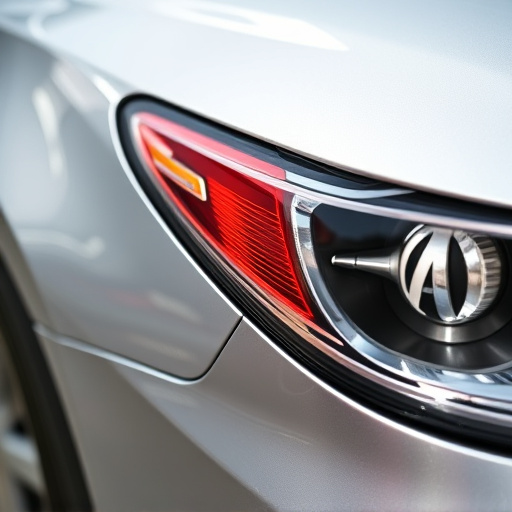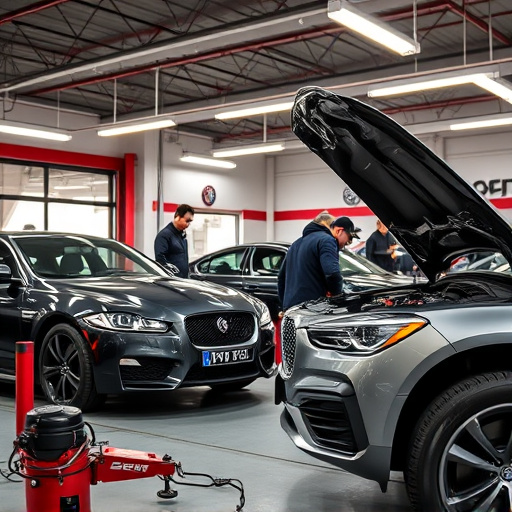Deductible payment options provide policyholders with flexibility in managing auto repairs and collision damage costs. Lower deductibles mean less out-of-pocket expense but higher premiums, while higher deductibles reduce premiums but increase immediate costs until met. In the current market, a growing trend towards no-deductible models by auto repair services democratizes access to quality maintenance, encouraging prompt issue resolution through upfront pricing transparency and fostering trust between customers and professionals for long-term vehicle care.
In today’s healthcare landscape, understanding deductible payment options is crucial for managing medical expenses effectively. This article delves into the fundamentals of deductible plans, highlighting their pros and cons compared to no-deductible alternatives. By exploring these options, folks can make informed decisions, balancing potential savings with access to care. In terms of navigating this intricate tapestry, knowing when a deductible payment option still aligns with your needs is essential for empowering choices that enhance, not encumber, your healthcare journey.
- Understanding Deductible Payment Options: The Basics
- Pros and Cons of Choosing Deductible Plans
- Exploring Alternatives: No-Deductible Options and Their Implications
Understanding Deductible Payment Options: The Basics

Deductible payment options have become a common practice among insurance providers, offering policyholders a degree of flexibility in managing their out-of-pocket expenses for auto repairs and collision damage repair. In simple terms, a deductible is the amount you agree to pay for covered claims before your insurance kicks in and starts paying the rest. For instance, if you have a $500 deductible on your auto insurance policy and sustain minor damages in a fender bender, you’ll be responsible for covering the first $500 of repair costs.
Understanding these payment options is crucial when considering how they can impact your financial burden after an accident. For instance, a lower deductible means you’ll pay less out of pocket for eligible auto repair services or collision damage repairs in the event of a claim. However, opting for a lower deductible often results in higher overall insurance premiums. Therefore, it’s essential to weigh these factors and make informed decisions based on your financial capabilities and risk tolerance.
Pros and Cons of Choosing Deductible Plans

Choosing a health plan with deductible payment options has its advantages and disadvantages. One of the key benefits is potential cost savings. By selecting a plan with a higher deductible, individuals often face lower monthly premium payments, which can be particularly advantageous for those on tight budgets or seeking more affordable coverage. This option encourages responsible healthcare management as it motivates policyholders to consider their medical needs carefully before incurring out-of-pocket expenses.
However, there are potential drawbacks to consider. Higher deductibles mean that individuals will pay more out of pocket for eligible medical services until they reach the deductible amount. This can be a burden for those with unexpected or frequent healthcare needs, such as ongoing chronic conditions or regular visits to the emergency room. Additionally, while vehicle repair services and collision repair centers might be covered under certain circumstances, high deductibles could result in significant financial strain when it comes to paying for auto painting or other extensive repairs not included in the base coverage.
Exploring Alternatives: No-Deductible Options and Their Implications

In today’s market, consumers are increasingly exploring alternatives to traditional deductible payment options for their auto repairs. One notable trend is the rise of no-deductible models offered by some car body shops and vehicle paint repair services. These innovative approaches have significant implications for both customers and the automotive industry as a whole. By removing the financial burden of deductibles, these shops are making high-quality auto maintenance more accessible to a broader range of individuals. This shift could democratize access to necessary repairs, encouraging folks to address issues promptly rather than delaying them due to cost concerns.
Furthermore, no-deductible options can foster trust between customers and auto repair professionals. When customers know the full cost upfront, without hidden fees or unexpected deductibles, they’re more likely to choose reputable car body shops for their vehicle paint repair and general auto maintenance needs. This transparency builds a solid foundation for long-term relationships, ensuring that folks keep their vehicles in top condition consistently.
In weighing whether deductible payment options still hold value, it’s clear that these plans offer potential savings for those willing to manage their healthcare expenses proactively. However, with rising deductibles and varying coverage, individuals must carefully consider their health needs, financial situation, and access to preventive care when deciding between deductible and no-deductible alternatives. Understanding the pros and cons of each option is crucial in navigating today’s complex healthcare landscape.














